Tyrosine Kinase
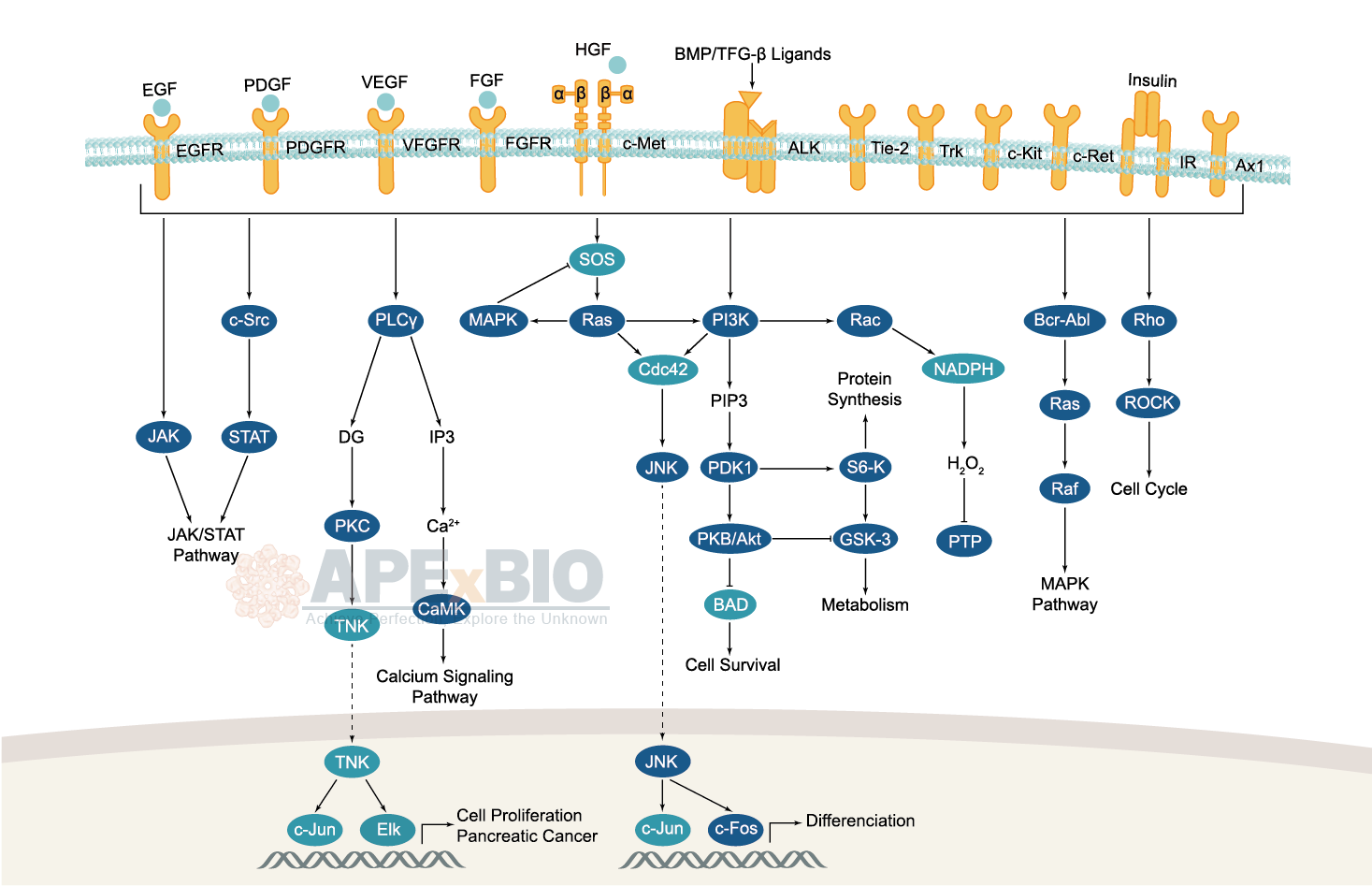
Receptor tyrosine kinases bind to extracellular ligands/growth factors, which promotes receptor dimerization and autophosphorylation of receptor tyrosine residues. This triggers a cascade of downstream events through phosphorylation of intracellular proteins that ultimately transduce the extracellular signal to the nucleus, causing changes in gene expression. Receptor tyrosine kinases include EGFR/ErbB, PDGFR, VEGFR, FGFR and MET subfamilies etc. Dysfunctions in tyrosine phosphorylation are linked to oncogenic transformation. In additions, various adaptor and effector proteins couple to carboxy-terminal of an active kinase. For instance, binding of the GRB2 adaptor protein activates EGFR and MAPK/ERK signaling.
Non-receptor tyrosine kinases involve many well-defined proteins (e.g. the Src family kinases, c-Abl, and Jak kinases) and other kinases which regulates cell growth and differentiation. For example, Src family kinases are curial for activating and inhibitory pathways in the innate immune response.
-
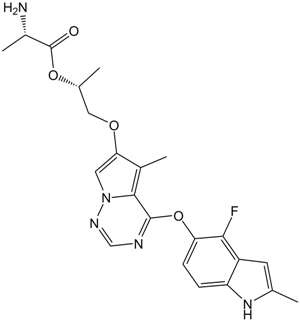 A2633 Brivanib Alaninate (BMS-582664)Summary: VEGFR2 inhibitor,ATP-competitive
A2633 Brivanib Alaninate (BMS-582664)Summary: VEGFR2 inhibitor,ATP-competitive -
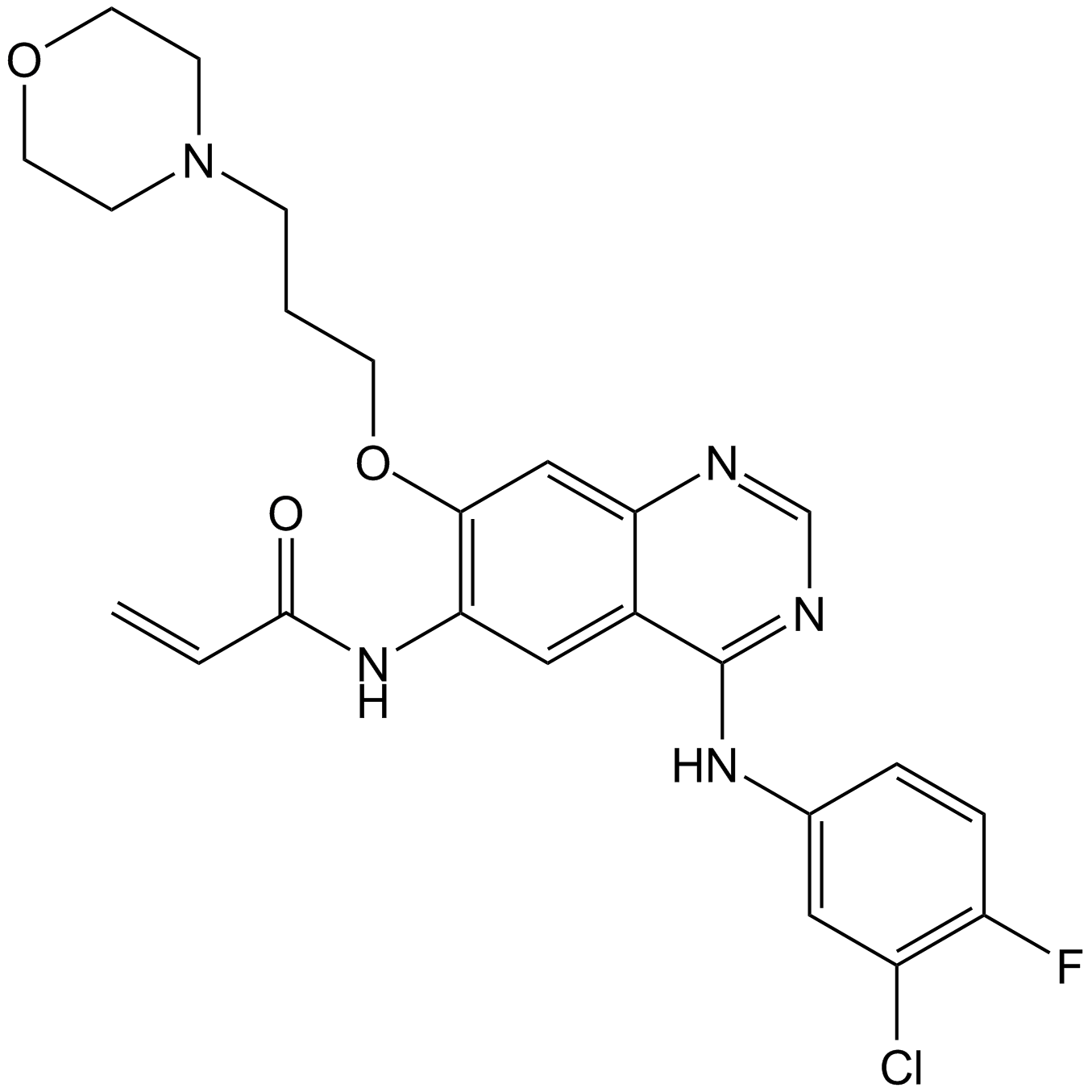 A1845 Canertinib (CI-1033)Summary: HER family tyrosine kinase inhibitor
A1845 Canertinib (CI-1033)Summary: HER family tyrosine kinase inhibitor -
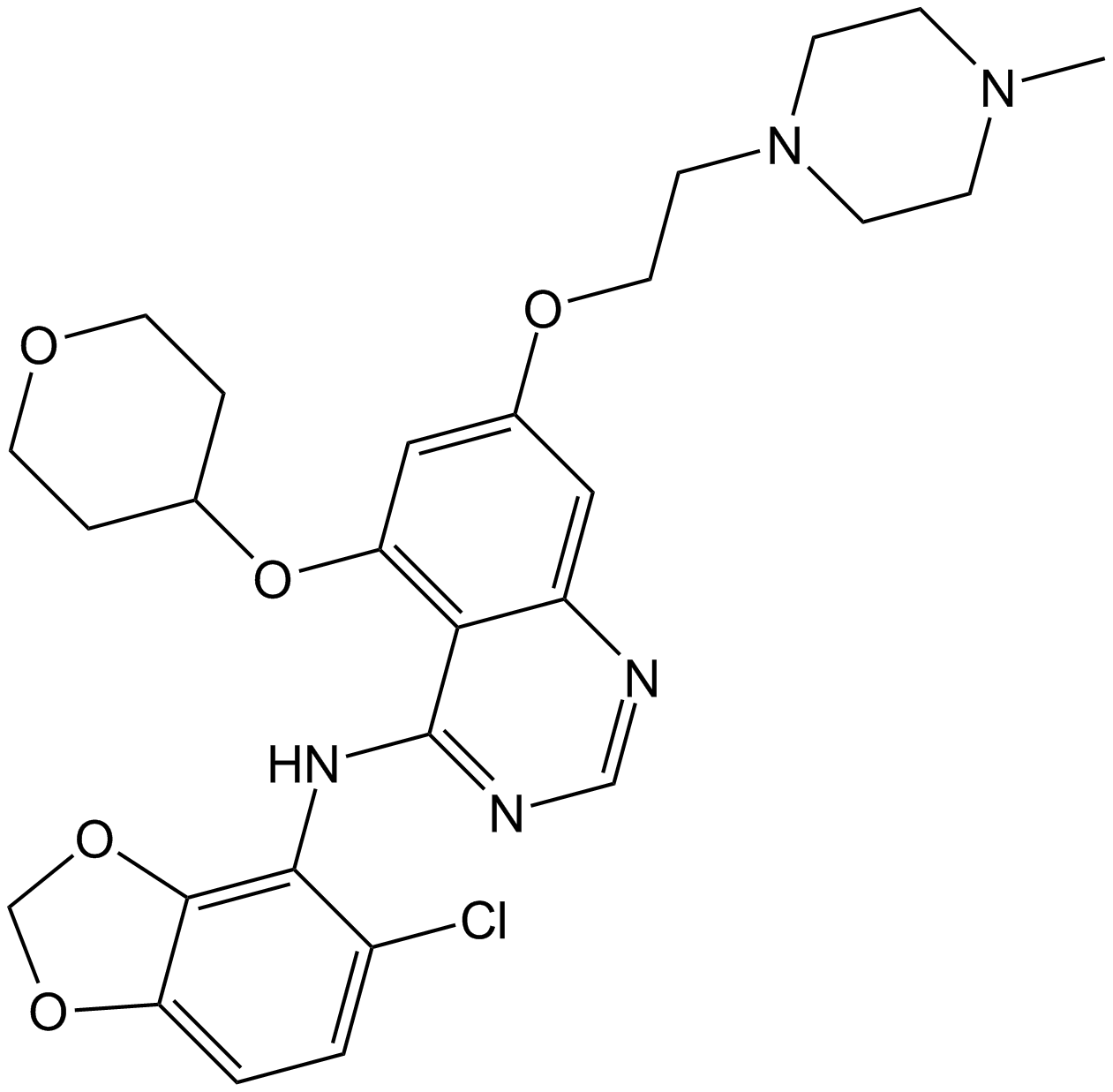 A2133 Saracatinib (AZD0530)3 CitationTarget: SrcSummary: Src/Abl inhibitor,potent and selective
A2133 Saracatinib (AZD0530)3 CitationTarget: SrcSummary: Src/Abl inhibitor,potent and selective -
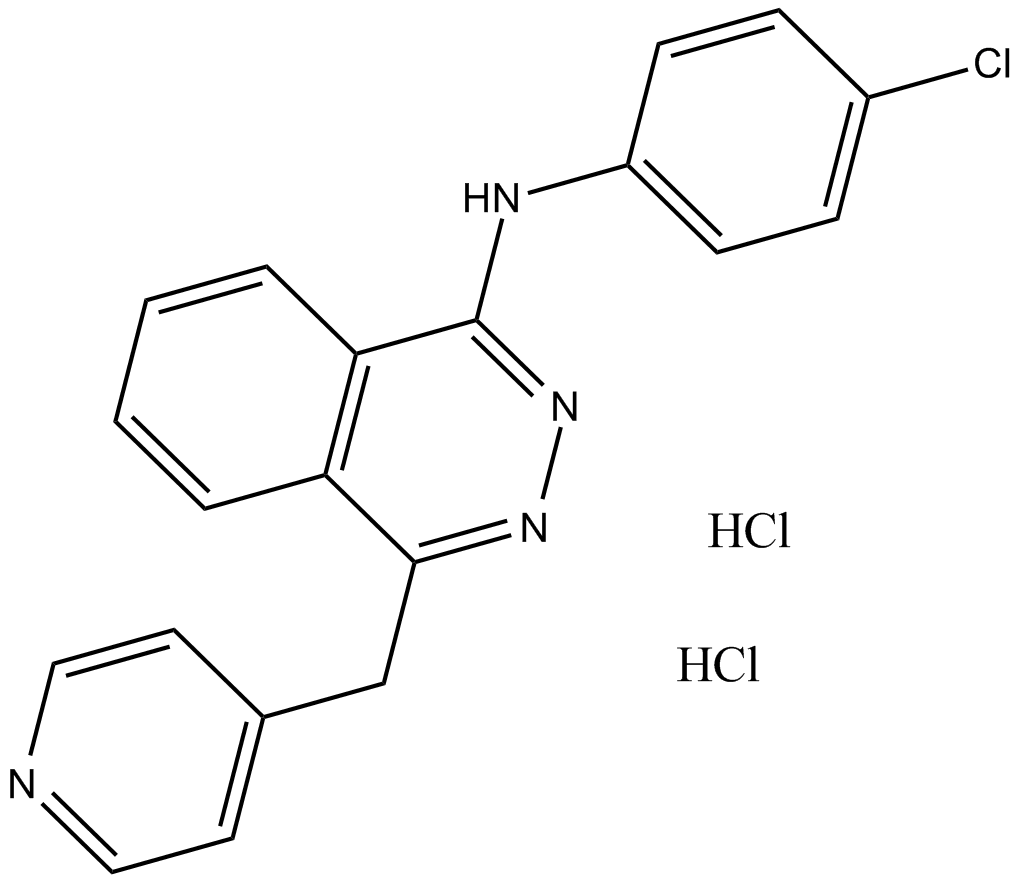 A1778 Vatalanib (PTK787) 2HClTarget: VEGFRSummary: Tyrosine kinase receptor inhibitor
A1778 Vatalanib (PTK787) 2HClTarget: VEGFRSummary: Tyrosine kinase receptor inhibitor -
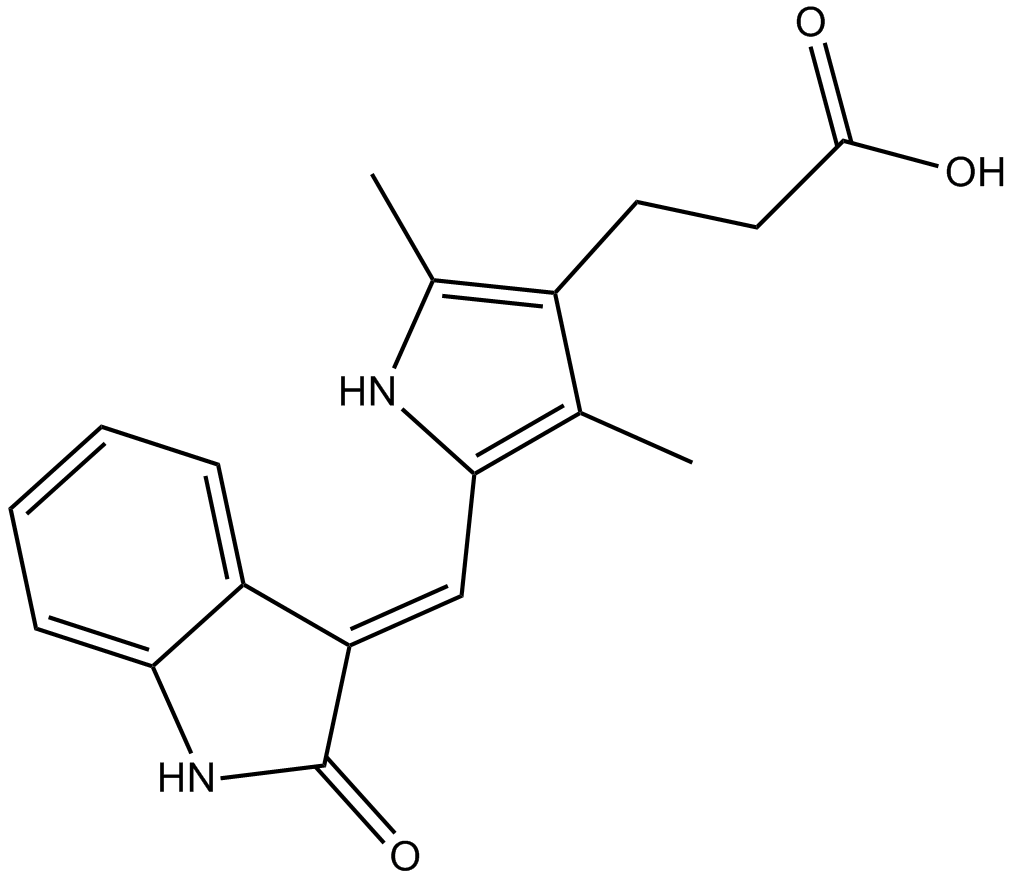 A5331 TSU-68 (SU6668,Orantinib)Summary: PDGFR/Flk-1/FGFR1 inhibitor,potent and competitive
A5331 TSU-68 (SU6668,Orantinib)Summary: PDGFR/Flk-1/FGFR1 inhibitor,potent and competitive -
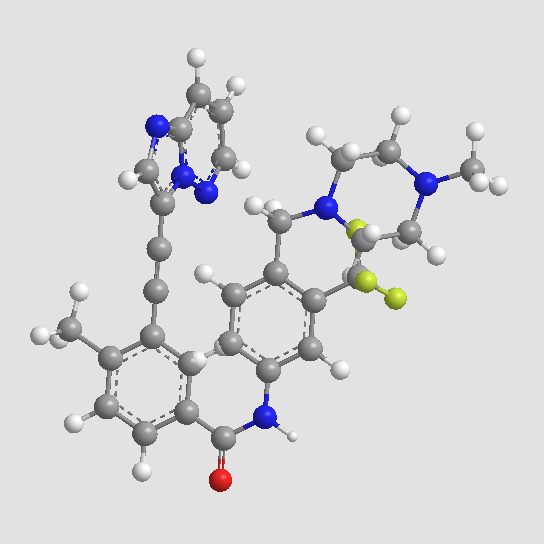 A5467 Ponatinib (AP24534)1 CitationTarget: VEGFR|PDGFR|Bcr-Abl|FGFR|SrcSummary: pan-BCR-ABL inhibitor,multi-kinase inhibitor
A5467 Ponatinib (AP24534)1 CitationTarget: VEGFR|PDGFR|Bcr-Abl|FGFR|SrcSummary: pan-BCR-ABL inhibitor,multi-kinase inhibitor -
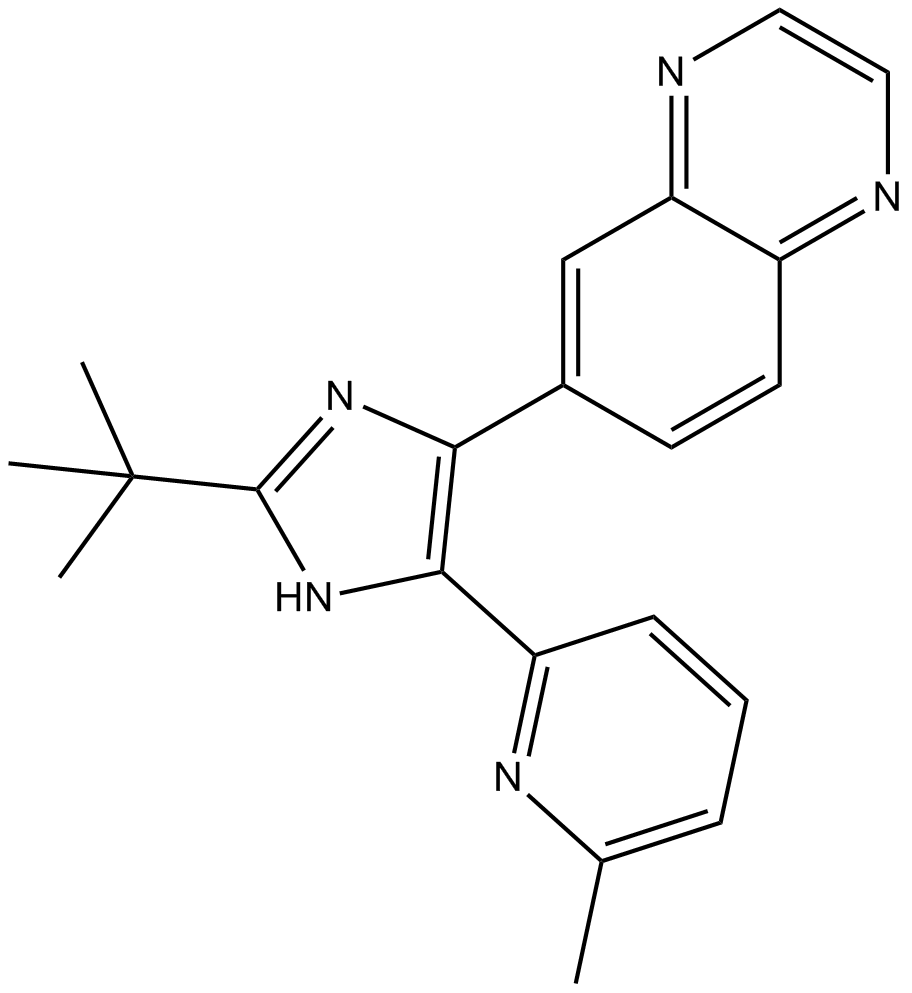 A5602 SB525334Summary: (TGF-beta1) receptor inhibitor
A5602 SB525334Summary: (TGF-beta1) receptor inhibitor -
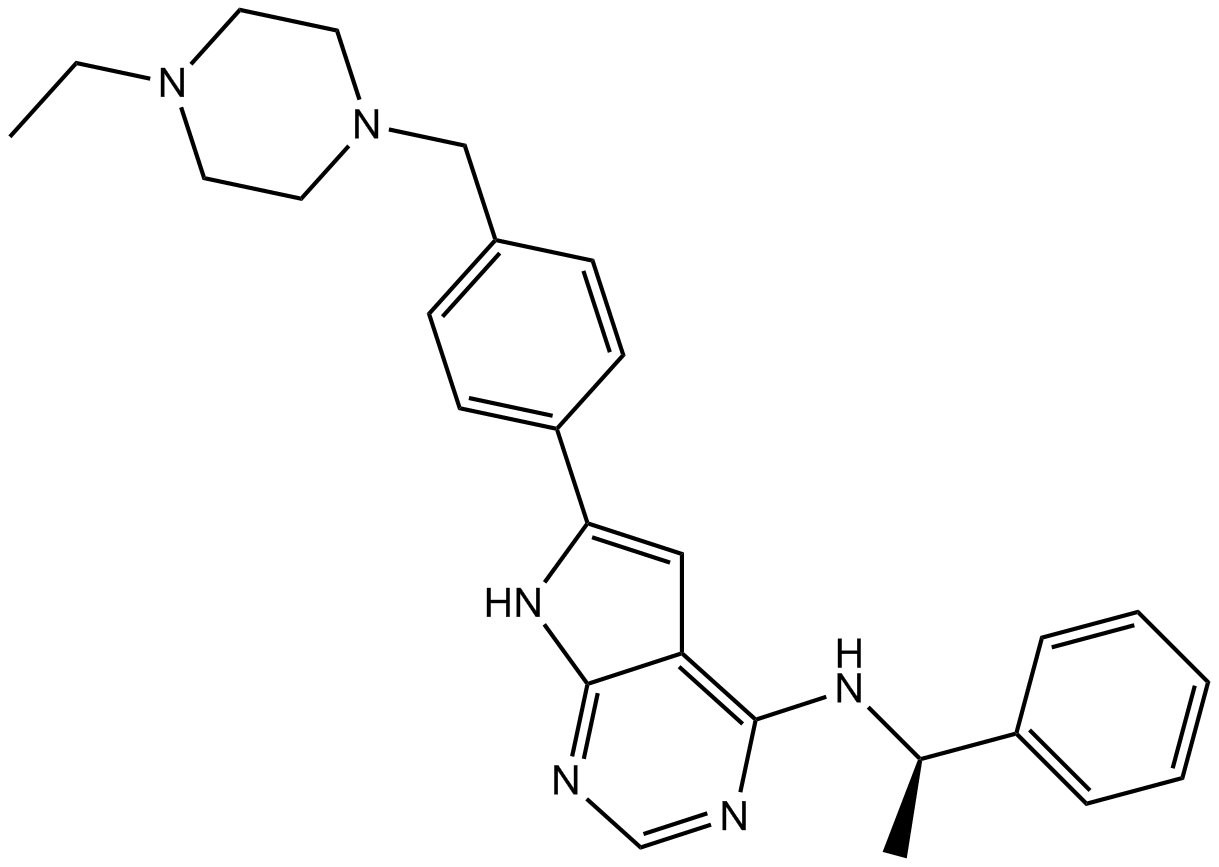 A5455 AEE788 (NVP-AEE788)Summary: EGFR/HER-2/VEGFR inhibitor
A5455 AEE788 (NVP-AEE788)Summary: EGFR/HER-2/VEGFR inhibitor -
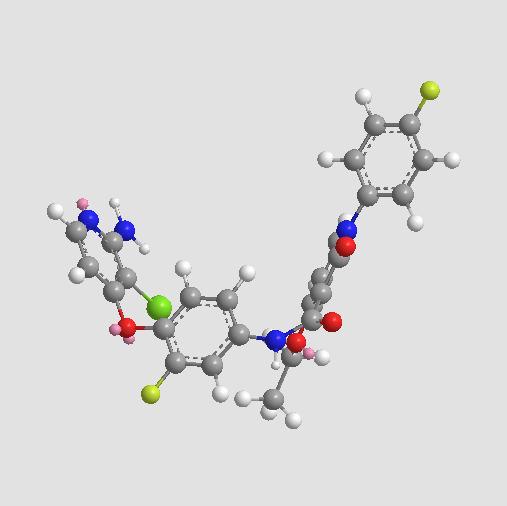 A5703 BMS-777607Target: METSummary: C-Met inhibitor, potent and selective
A5703 BMS-777607Target: METSummary: C-Met inhibitor, potent and selective -
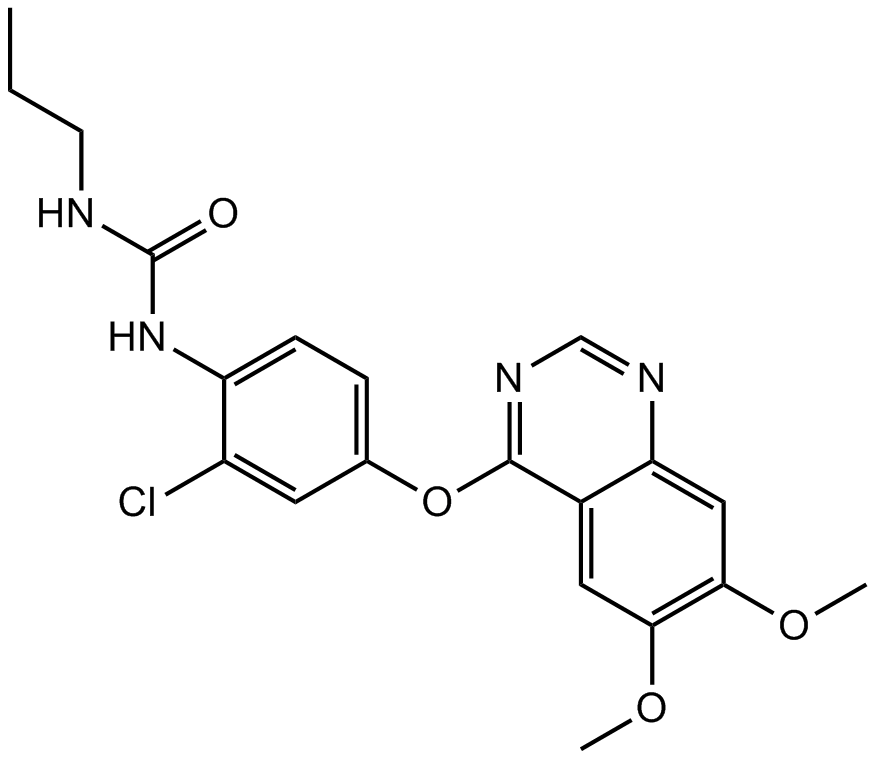 A5760 KRN 633Summary: VEGFR inhibitor,ATP-competitive
A5760 KRN 633Summary: VEGFR inhibitor,ATP-competitive

